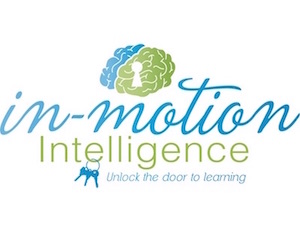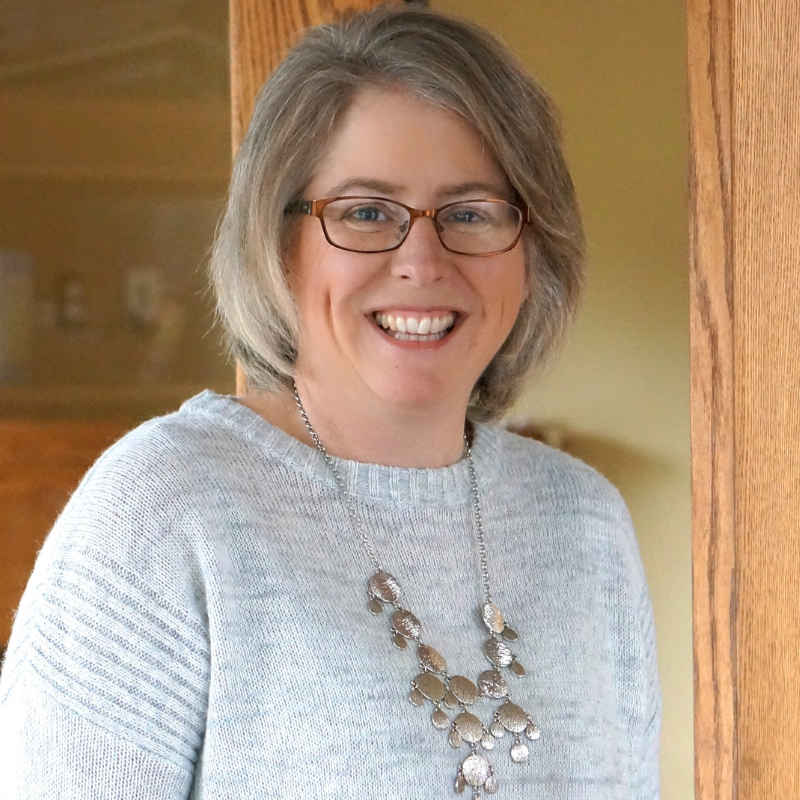I was invited to participate in a doctoral research project. The initial question was,
What do you believe would be the fundamental elements of a movement-based K8 school and curriculum?
What fun to dream big without any boundaries around funding, licensing, bureaucracy, rules, and so on. To me, the fundamental elements would focus on learning positions, curriculum, use of all learning spaces, all aspects of the day, and intentional movement opportunities to build the physical skills of learning.
Position and Location
A movement-based school would have multiple learning positions available (exercise ball, floor mats, floor tables, traditional tables/desks, couches, rocking chairs, balance boards, standing work stations, etc). Students would be encouraged to change positions and location throughout the day. E.g. a student may choose to do creative writing or journaling on the floor by the window but math is at a desk facing a wall. The outdoors would be permissible as a learning location, as well. Some focus best with the sun shining down and birds singing!
Curriculum
A movement-oriented school would have classrooms filled with hands-on activities. Practical life, a Montessori term, would encompass food preparation, care of the environment (indoor and outdoor), care of self and more. It would include preliminary skill activities for sewing, woodworking, and other hand crafts. There would be materials to manipulate for math, language, culture and science, such as the binomial cube, land and water forms, knobbed puzzles for geography/botany/zoology, beads for math calculation, sandpaper letters and movable alphabets for language. The cultural subjects would also be hands on. Music would be taught from a practical view such as how to strike a bell and then advance to how to compose music—progressing from concrete manipulatives to abstract paper/pen. The arts would be historically and culturally represented via movement experiences, audio and visual samples, and card material for nomenclature matching, time lining, etc.
In addition, flat two-dimensional linear textbook or screen learning would shift to self-directed learning with the educator being a guide and co-learner. Learning would be recorded in self-created “textbooks”, like Waldorf. Learning would be interest-directed and project-oriented with documentation strategies, like Reggio. Textbooks would be referenced as another resource instead of as the end-all. Movement is in the creating of the personalized reference materials.
Spaces
The outdoor space and common areas would be as purposefully planned as each classroom. Natural materials would adorn these spaces and invite rest as well as movement. There would be exploratory spaces with sand, water, wheels for movement-based exploration. Ropes, culverts, tunnels, grassy knolls, trails, courts for basketball/four square/soccer/football/etc would flow seamlessly from the indoor space. The outdoor space would also have quiet areas, such as picnic tables, hammocks, blankets to spread on grass, benches, etc. E.g. one school has a large concrete culvert in their outdoor space where students can go to read/learn even on rainy days. Animals would be additional members of the classroom; they may include large mammals such as horses or cow as well as smaller animals like reptiles or poultry. “Learning materials” would be allowed outdoors.
The commons areas would be inviting for families to network and separate peacefully. There might be soft furniture. And there might be movement opportunities such as a basket of beanbags and raquet balls for a quick juggling activity (Bal-A-Vis-X) to stimulate movement, rhythm, and community. Emotional stress release strategies, such as Brain Gym Positive Points or massage strokes, might be posted for families to support one another during separation.
The indoor space would purposefully support the senses. Some walls would be plain and soft colored while others would hold student examples or professional models of the works nearby. There would be space for quiet and other space for background music, drumming, instrument exploration. Movement would be interwoven throughout the classrooms and there would be reflective corners, such as a loft or couch area to lounge.
Schedule
Food wouldn’t necessarily be delivered and devoured. Rather, food preparation could be integrated into the day. Meals involve science, math, language, and the arts. And meals involve movement in the preparation and in the chewing/eating. Traditionally, recess is a “break time” for the educator. What if “recess” was the child’s choice when to take a mental movement break? A blend of the 2 could be created. Each student could be encouraged to follow their own needs. Some are better at math first thing in the morning while others prefer math after lunch. Some can focus for extensive amounts of time while others benefit from frequent mental breaks and big movement! A schedule that is loose but structured supports many learning styles. This often translates into a long uninterrupted time for differentiated instruction. During this time, snack and outdoors are available. Structure comes from group activities such as lunch and specialists.
Intentional Movement
Staff would be trained in movement-based learning strategies, such as the Brain Gym® program, Bal-A-Vis-X, Rhythmic Movement Training, yoga, etc. The students would be taught these strategies in a top-down approach, which would quickly transition into a bottom-up approach of “What might support you right now?” There would be visuals such as posters, books, and card material available to remind everyone of the micro-interventions available. There would be audio and video reminders on playlists (Spotify, youTube). For example, at the start of Covid, I created Movement Meet Ups and provided those free on youTube. These links could be accessible to children to follow along. The administrator might lead a school-wide movement warm-up each morning or one after lunch. The adults would model self-reflection and choice-making of what helps them be their best at any given moment.
A line would be on the floor for “Walking on the Line”, which can involve crawling, ab work with a rolling pin, tip toeing, skipping, etc. This Montessori activity is especially important for days of inclement weather. Music can be added to this to bring in rhythm and pattern.
The adult would offer group movement as well as individualized one-on-one support. A group activity might include a beanbag song. Individually, dynamic and postural reflexes might be addressed as well as trauma, sensory processing, attention challenges, etc. This support would be integrated right into the classroom and not be a “pull-out” isolating activity. In my experience, what one child receives often represents the entire group and the benefits ripple outward.
It is exhilarating to dream big and imagine a movement-oriented school that meets the needs of all learners from the bookworm to the full body learner!







